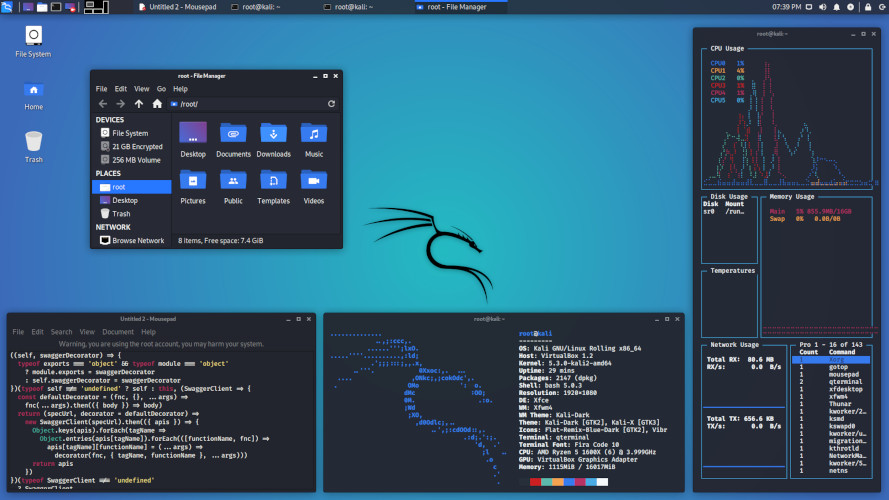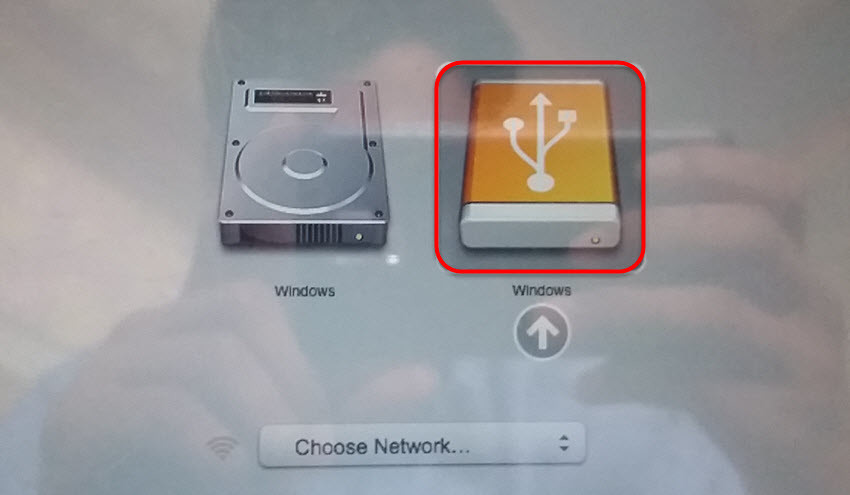
The installation requirements for Kali Linux will vary depending on what you would like to install and your setup. Kali Linux requires: A minimum of 20GB hard disk space for installation depending on the version, Version 2020.2 requires at least 20GB. In fact, the Kali website specifically warns people about its nature. Nothing on the project’s website suggests it is a good distribution for beginners or, in fact, anyone other than security researches.

Hence, Kāli is the Goddess of Time and Change.


Since Shiva is called Kāla-the eternal time-Kālī, his consort, also means “Time” or “Death” (as in time has come). The name Kali comes from kāla, which means black, time, death, lord of death, Shiva. The name Kali Linux, stems from the Hindu religion. To run Kali LINUX without installing and without VirtualBox machine first go to /downloads and download the 32 or 64 bit (what you processor support). In regards to, can I use Kali Linux without installing? Kali LINUX is a open source system that is used mostly for the Cyber Security. To download Kali Linux you can go to the official download page and select the one that best suits your needs from there. Step 2: Download Kali Linux and check image integrity.In order to run Kali Linux, we will need some sort of virtualization software first. Open source Git tree: We are committed to the open source development model and our development tree is available for all to see. You will never, ever have to pay for Kali Linux. The fastest way to install Linux on Mac is through the use of reliable virtual desktop software, such as Parallels.Īmazingly, is Kali Linux free? Kali Linux Features Free (as in beer) and always will be: Kali Linux, like BackTrack, is completely free of charge and always will be. Subsequently, can I install Linux on MacBook Pro? If you want to have the best of both Mac OS and Linux on your MacBook, you will have to install and run Linux on your Mac.

For more information, see Apple’s knowledge base. To boot from an alternate drive on an macOS/OS X system, bring up the boot menu by pressing the Option key immediately after powering on the device and select the drive you want to use. You can now boot into a Kali Live / Installer environment using the USB device.


 0 kommentar(er)
0 kommentar(er)
